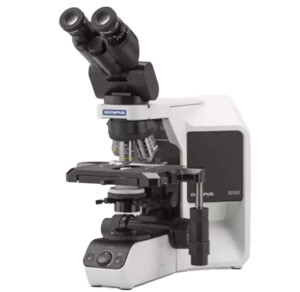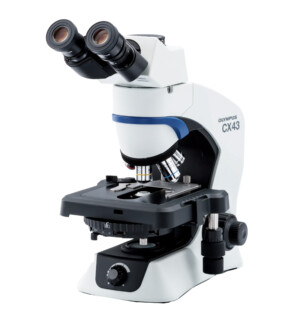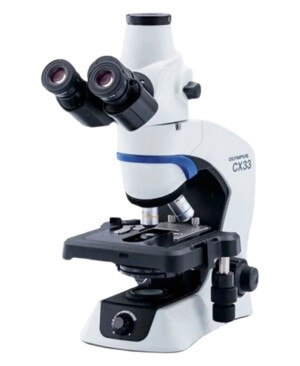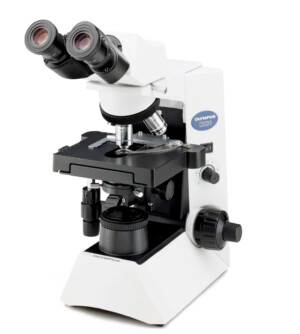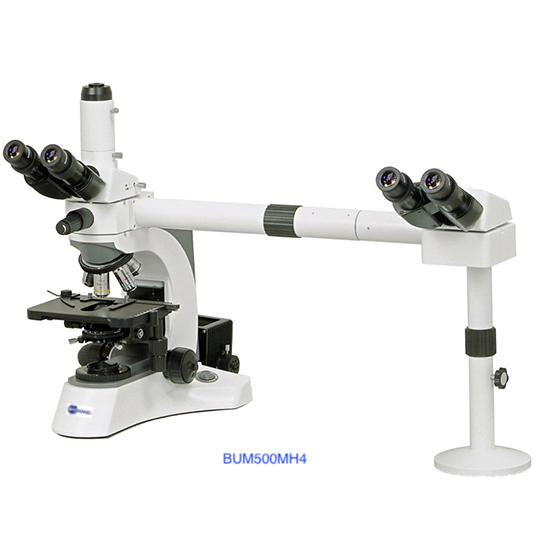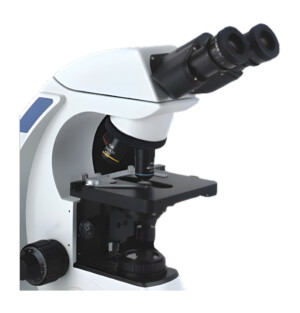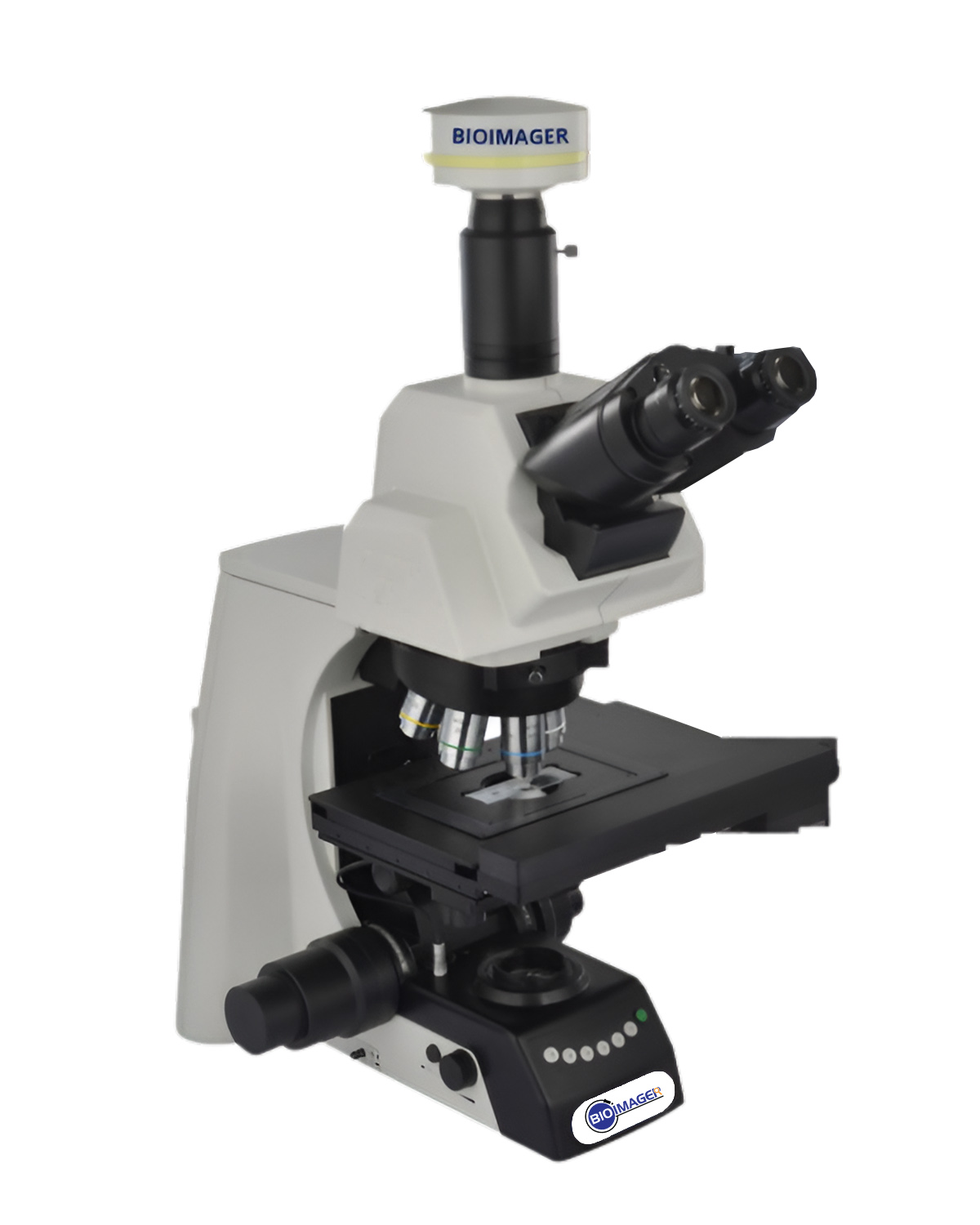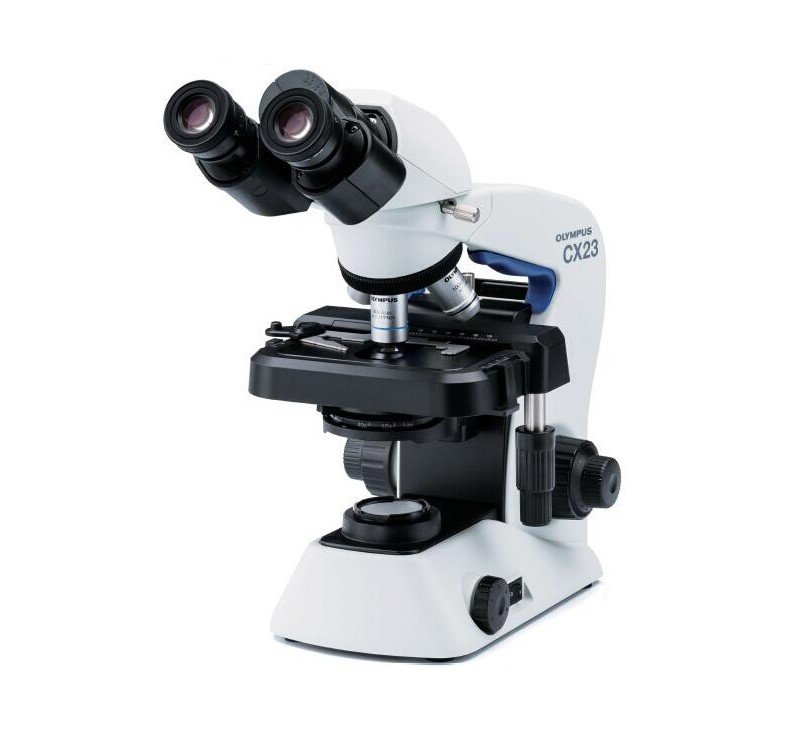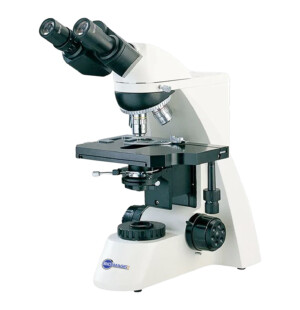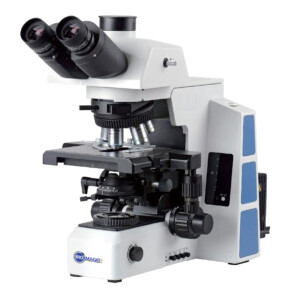Upright Biological
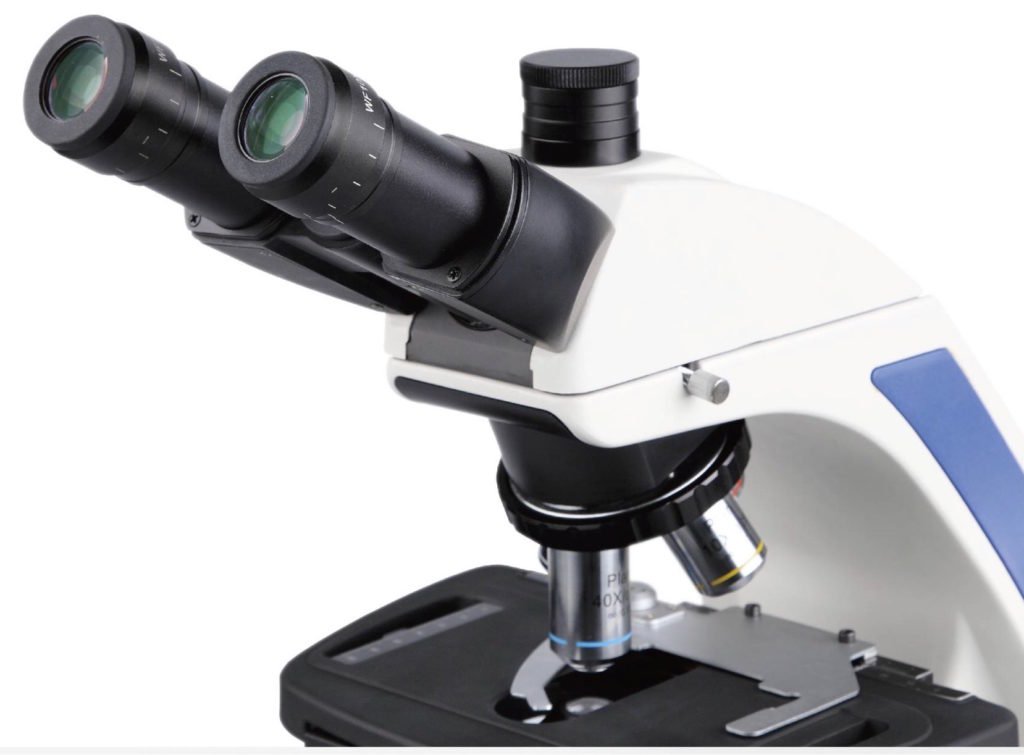
Showing 1–9 of 18 results
Showing 1–9 of 18 results
Upright Biological Microscopes
An upright biological microscope is a type of optical microscope that is commonly used in biological research and education. It is called an “upright” microscope because the objective lens and the stage are positioned above the specimen, and the light source is below it.
The key features of an upright biological microscope include:
- Magnification: The microscope typically has a range of magnification options, allowing the user to observe and analyze specimens at various levels of detail.
- Objective lenses: The microscope has multiple objective lenses with different magnification powers and numerical apertures, which determine the resolution and clarity of the image.
- Illumination: The microscope usually has a built-in illumination system, which provides bright, uniform lighting to the specimen being observed.
- Stage: The microscope’s stage is where the specimen is placed, and it usually has mechanical controls for precise movement of the specimen in the X and Y axes.
- Condenser: The microscope may have a condenser, which collects and focuses the light from the illumination source onto the specimen to improve image quality.
- Eyepieces: The microscope has one or two eyepieces, which are used to view the magnified image of the specimen.
Upright biological microscopes are widely used in a range of biological applications, including histology, cell biology, and microbiology. They are versatile instruments that can be used for a variety of imaging techniques, including brightfield, darkfield, phase contrast, and fluorescence microscopy. The images obtained with an upright biological microscope can be used for a range of purposes, including diagnosis, research, and education.
An upright biological microscope is a very commonly used compound microscope in clinics and life science. A regular upright biological microscope has 4x, 10x, 40x and 100x objective lenses and 10x eyepieces. This means you can expect a total magnification of 40x and 1000x. It is technically possible to increase this magnification via eyepieces and/or camera to 1500x or 2000x. Bioimager is proud to announce offering biological microscopes with 2500x, 3000x, 4500x, 5000x and even 10,000x. Contact us for details.
Upright biological microscopes are mainly used in different labs such as Bacteriology, Cell Biology, Crystallography, Cytology, Developmental Biology, Evolutionary Biology, General Biology, General Microscopy, Hematology, Histology, Immunology, Marine Biology, Microbiology, Molecular Biology, Mycology, Neuroscience, Parasitology, Particle Tracking, Routine Pathology, Surgical Pathology, Virology and so on.

